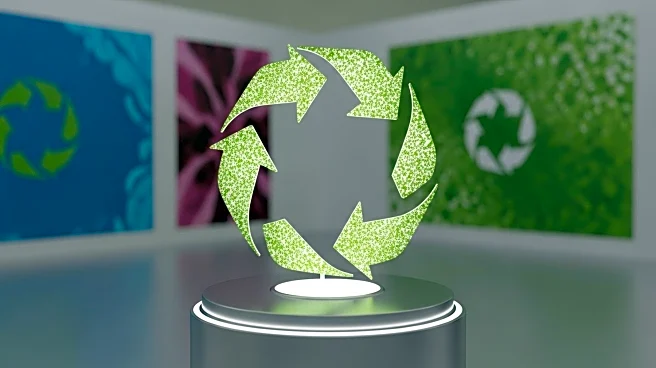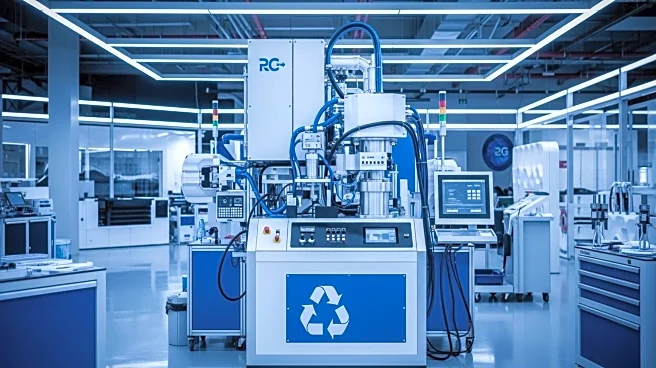What's Happening?
AkzoNobel, a leading Dutch paintmaker, is intensifying its efforts in digitalization and sustainability to achieve its 2030 targets of halving carbon emissions across its value chain. The company, which operates in over 150 countries with brands like Dulux and Sikkens, has already reduced emissions by 41% from a 2018 baseline. AkzoNobel is focusing on expanding e-procurement, remote monitoring, and supplier partnerships to enhance transparency and efficiency in its supply chain. The company is also committed to using recyclable or renewable materials in its operations and is phasing out hazardous inputs. In addition, AkzoNobel is implementing energy-saving measures and innovative product designs, such as Dulux Weathershield with Keep Cool Technology, which reduces indoor temperatures and energy consumption.
Why It's Important?
AkzoNobel's initiatives are significant as they align with global efforts to combat climate change and promote sustainable manufacturing practices. By reducing carbon emissions and enhancing supply chain transparency, the company is setting a benchmark for environmental responsibility in the industry. These efforts not only contribute to environmental sustainability but also improve operational efficiency and customer satisfaction. The focus on digital tools and automation is expected to streamline processes, reduce waste, and accelerate service delivery, providing a competitive edge in the market. The company's commitment to sustainability could influence other industry players to adopt similar practices, potentially leading to broader environmental benefits.
What's Next?
AkzoNobel plans to continue expanding its automation capabilities and digital-based quality controls to further enhance customer experience. The company emphasizes the need for close collaboration with suppliers, customers, and industry partners to achieve its ambitious 2030 targets. As AkzoNobel progresses towards its goals, it will likely monitor key performance indicators such as customer complaints, employee satisfaction, and resource consumption to ensure alignment with its sustainability objectives. The success of these initiatives could lead to further innovations and partnerships aimed at promoting sustainable practices across the industry.










